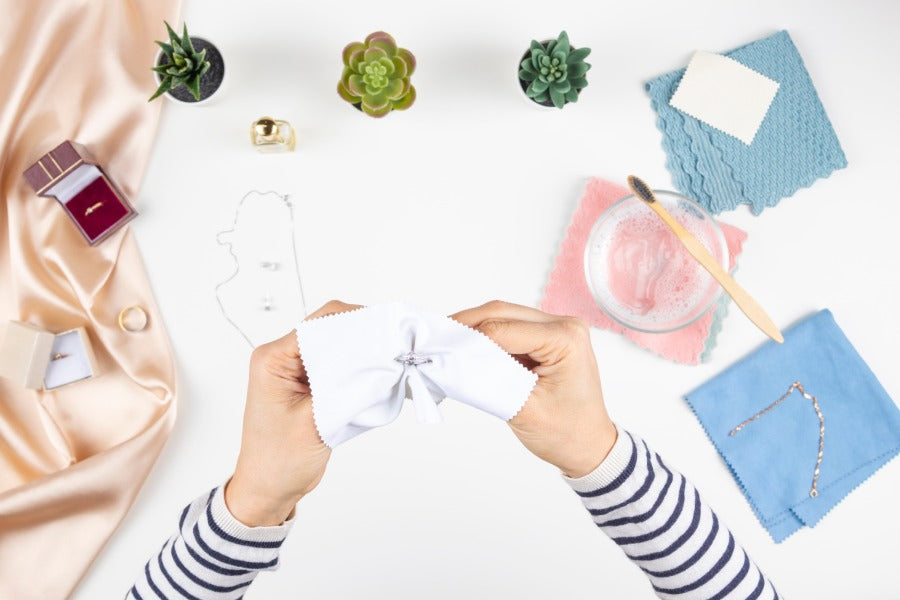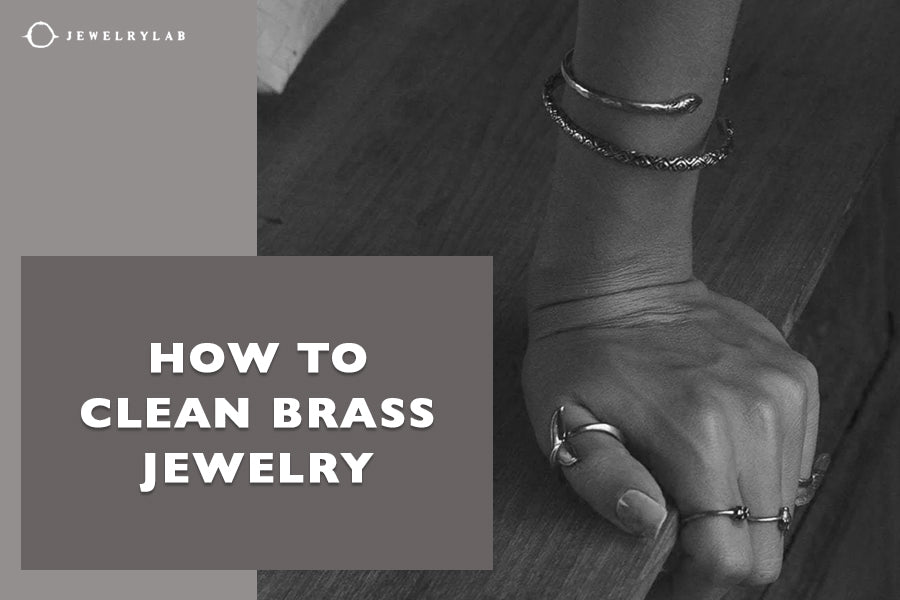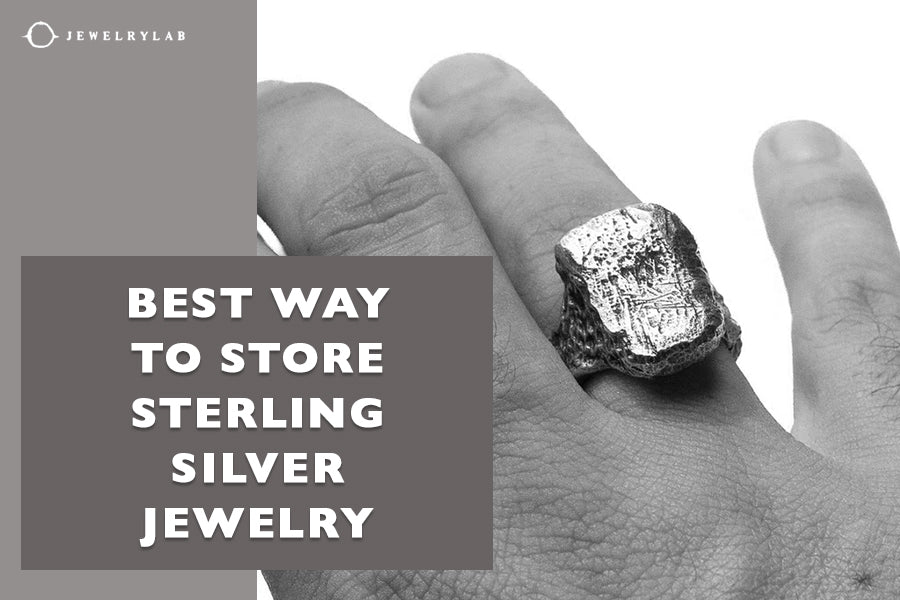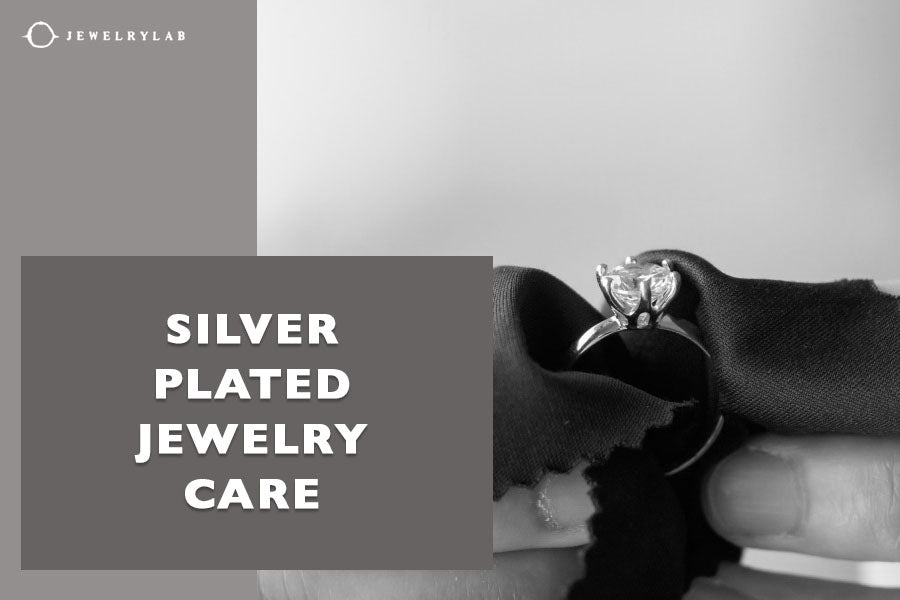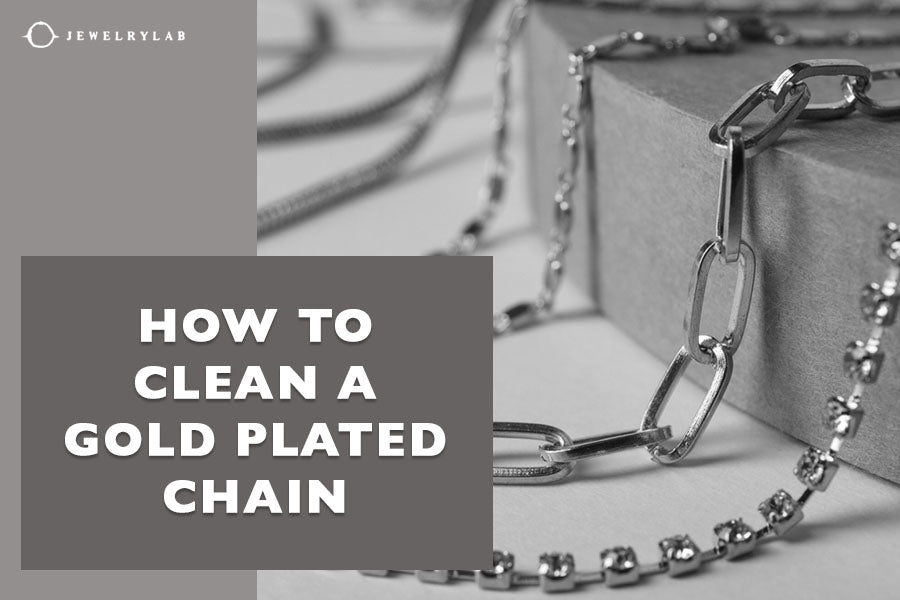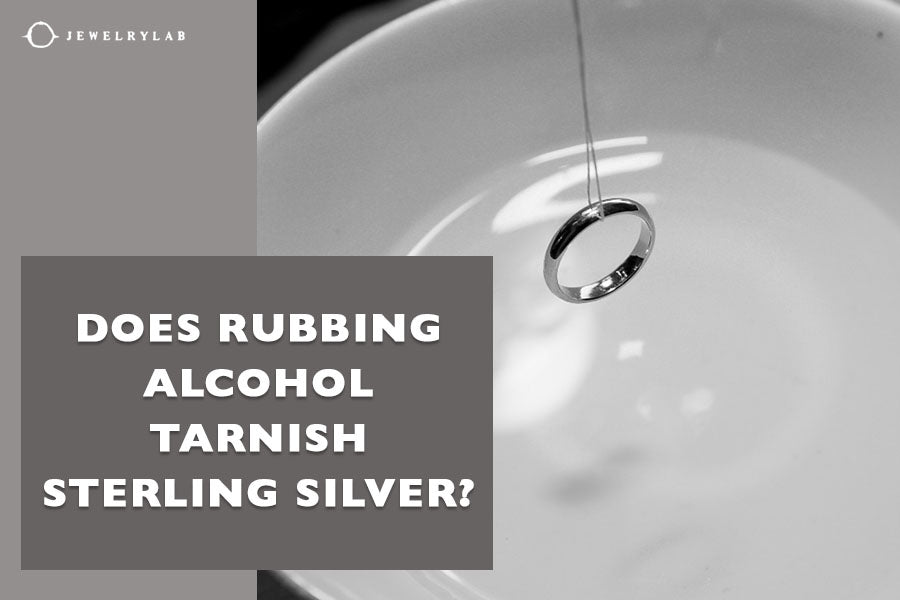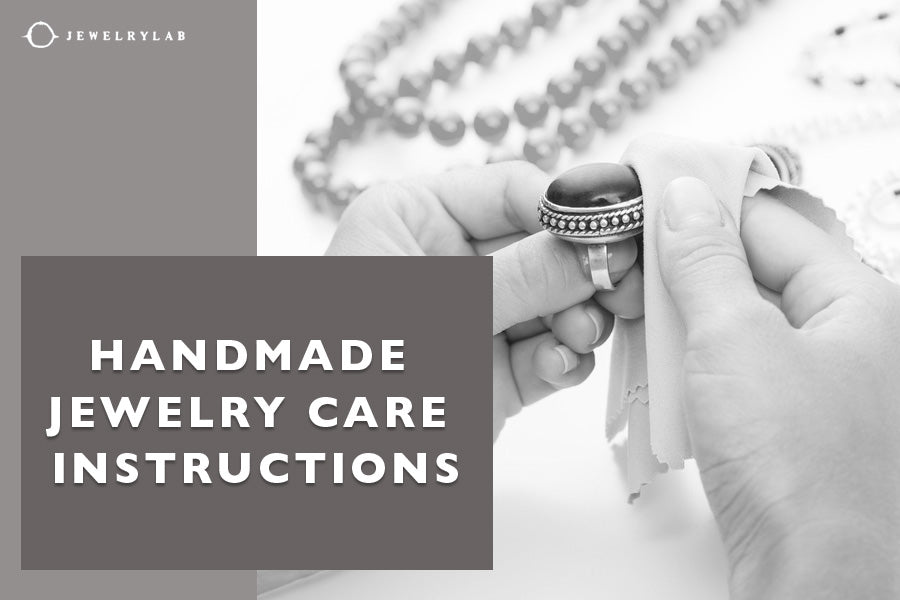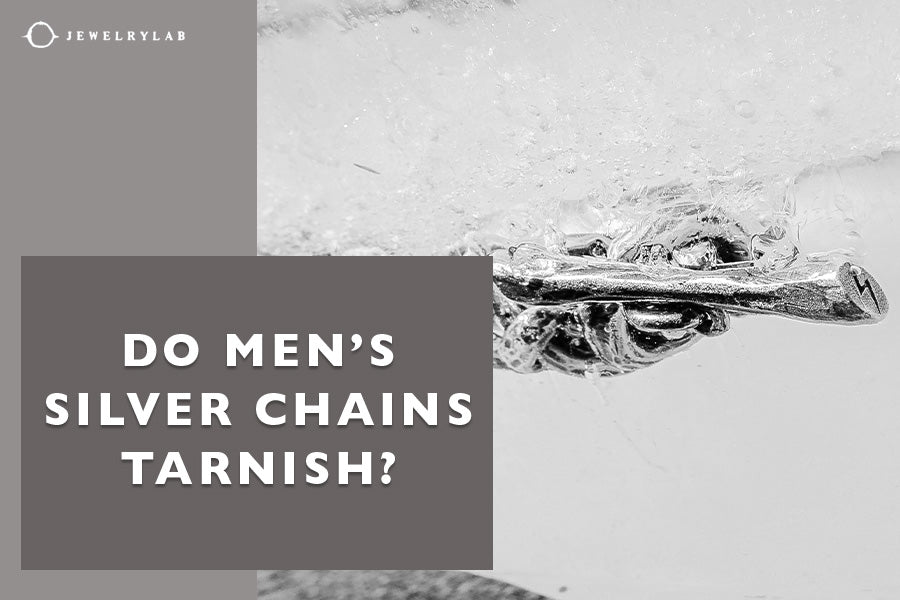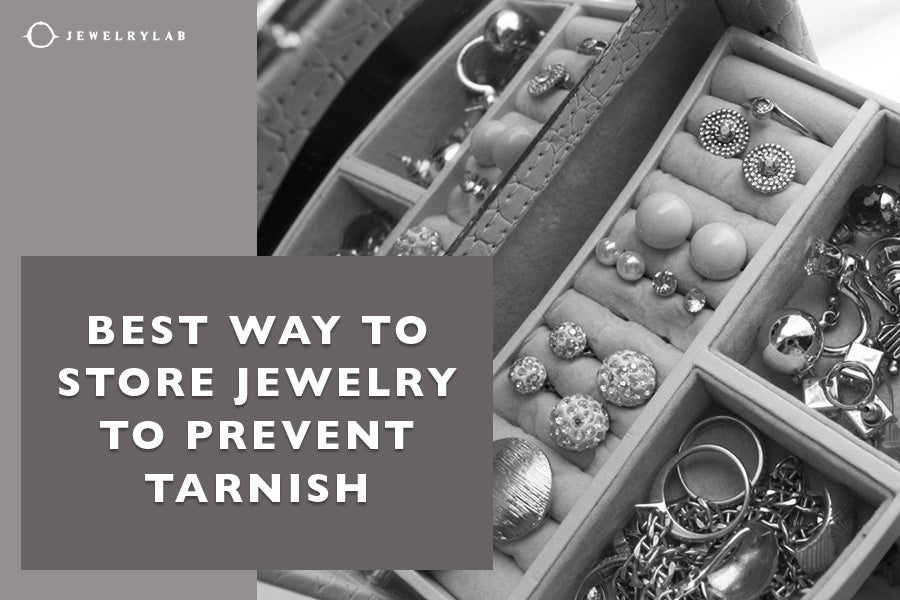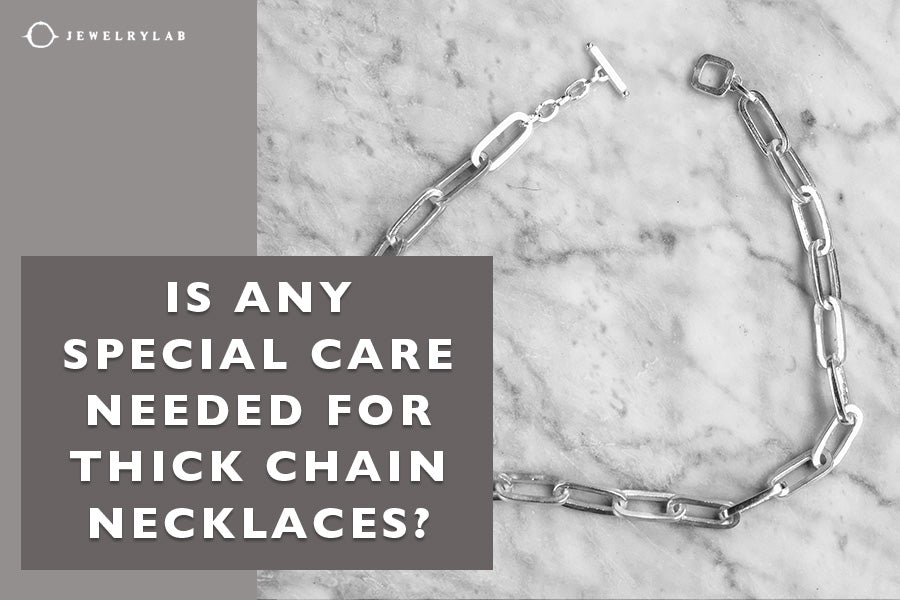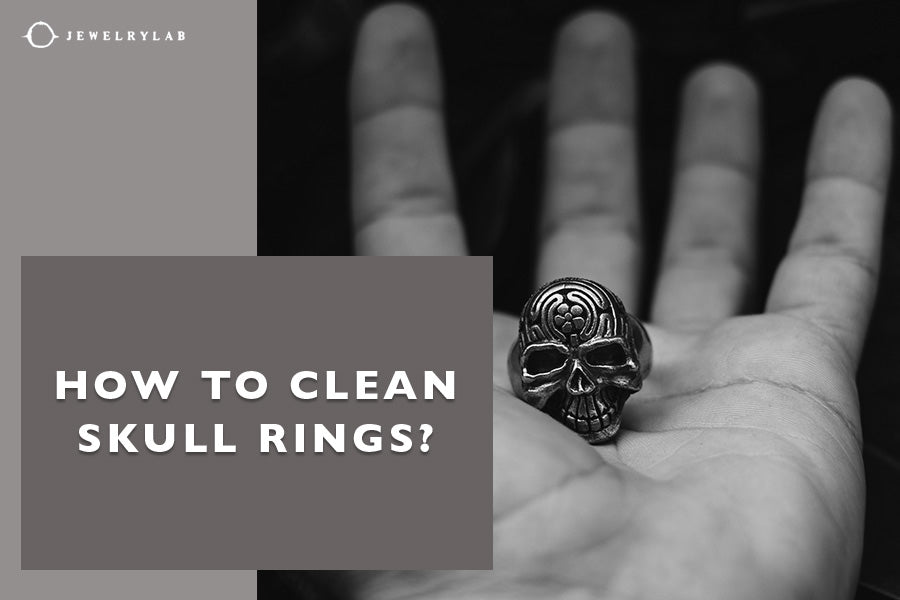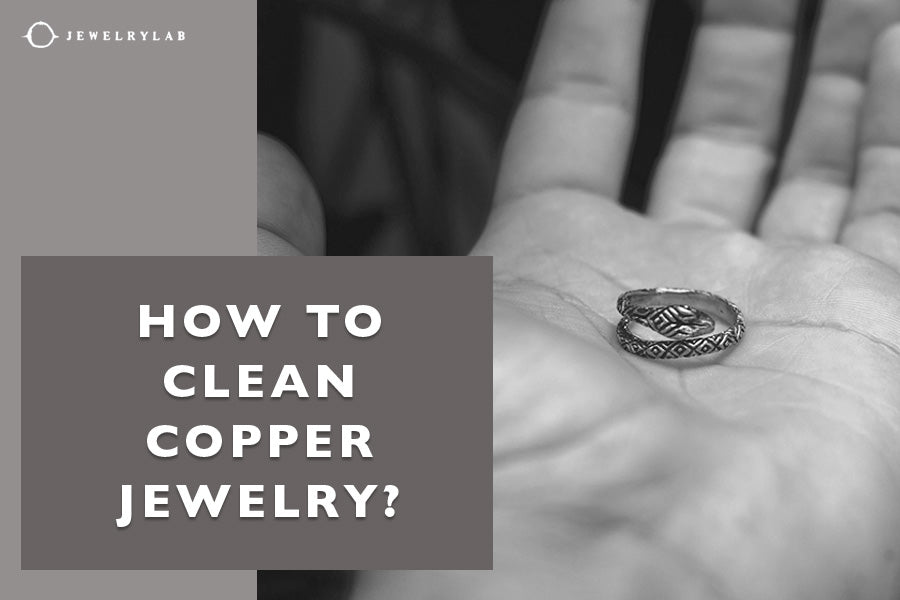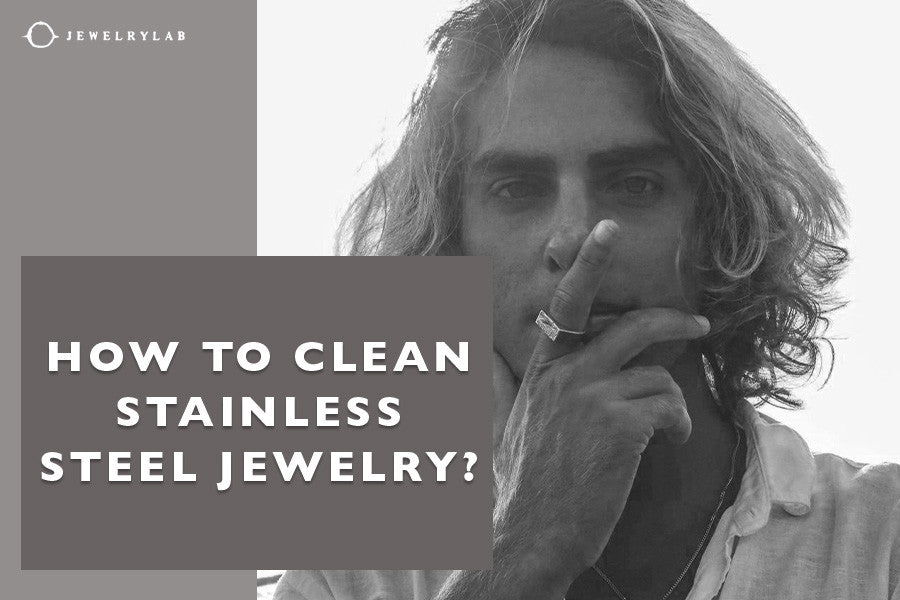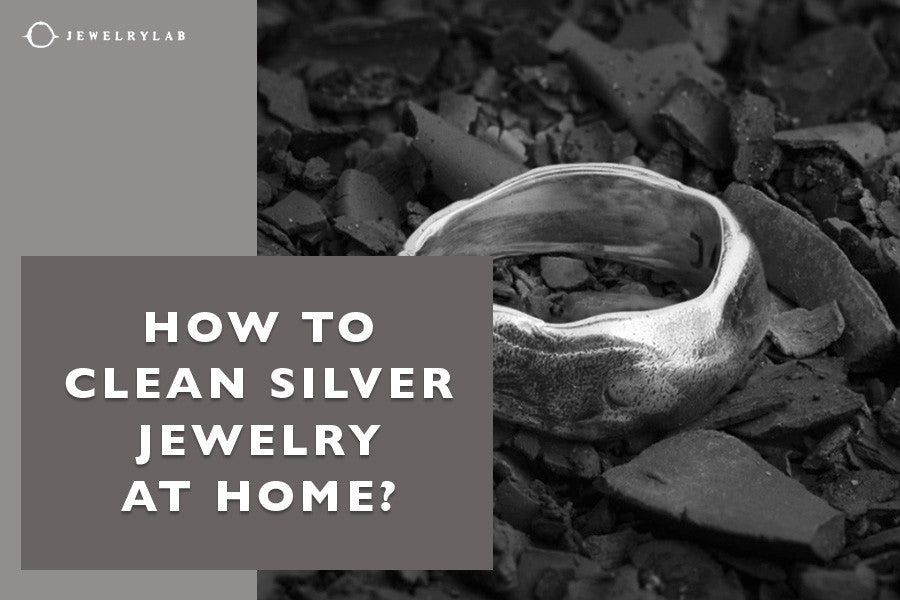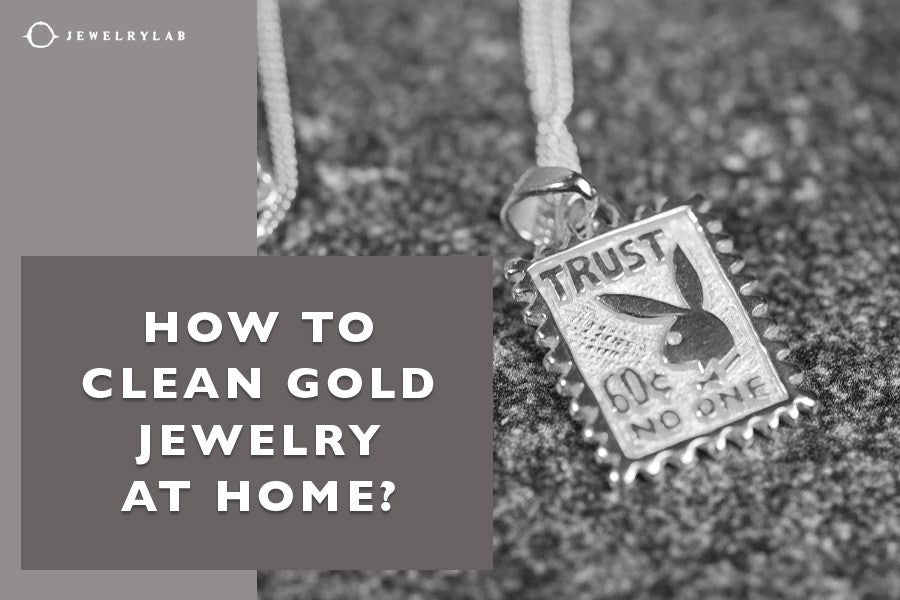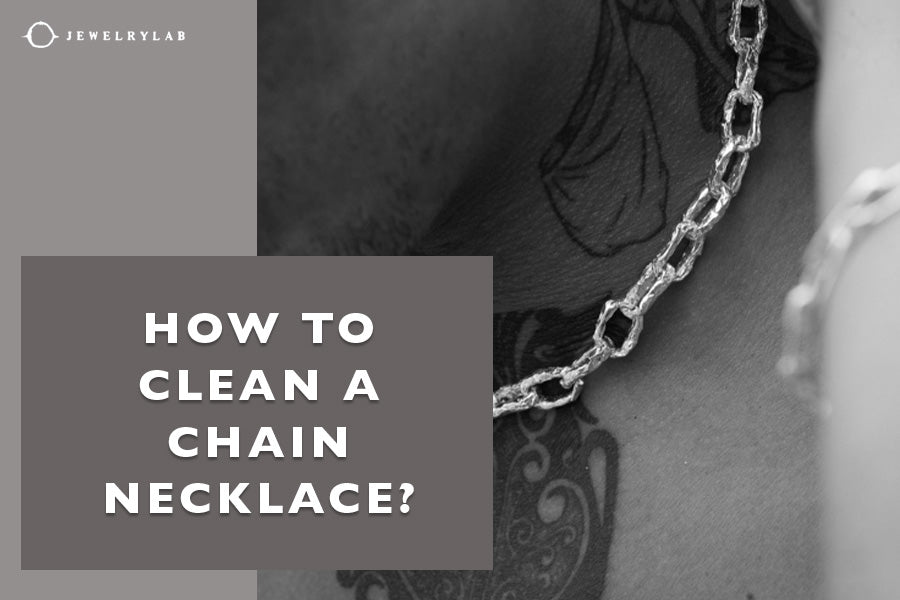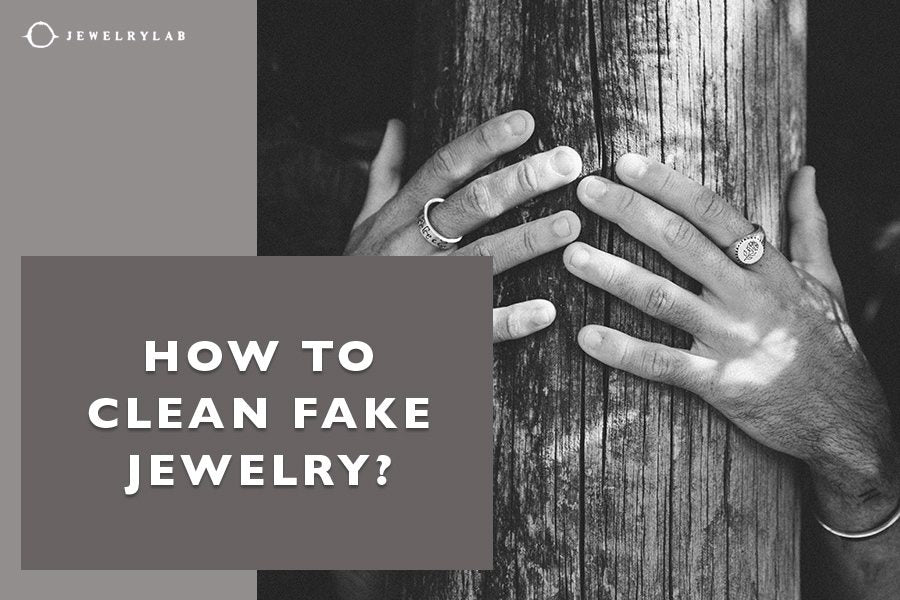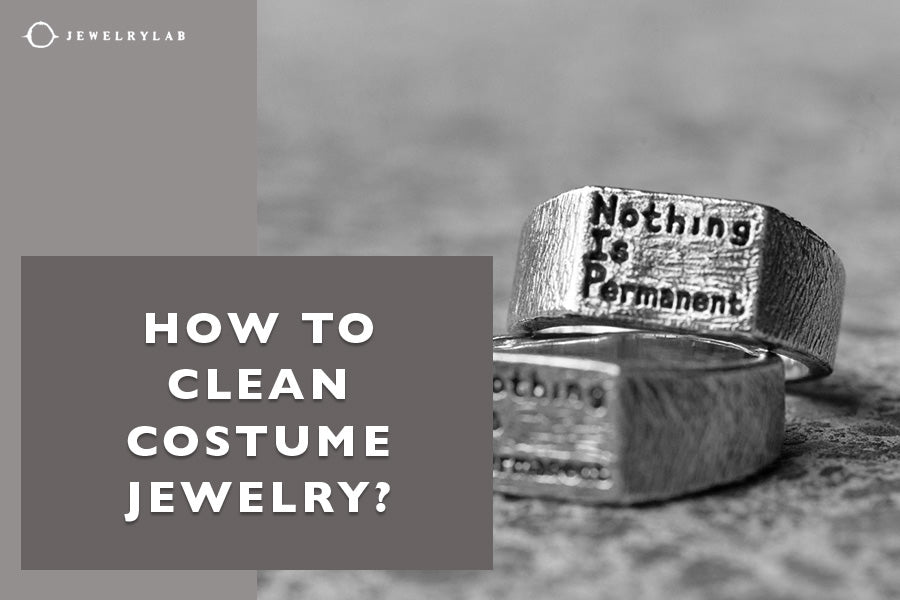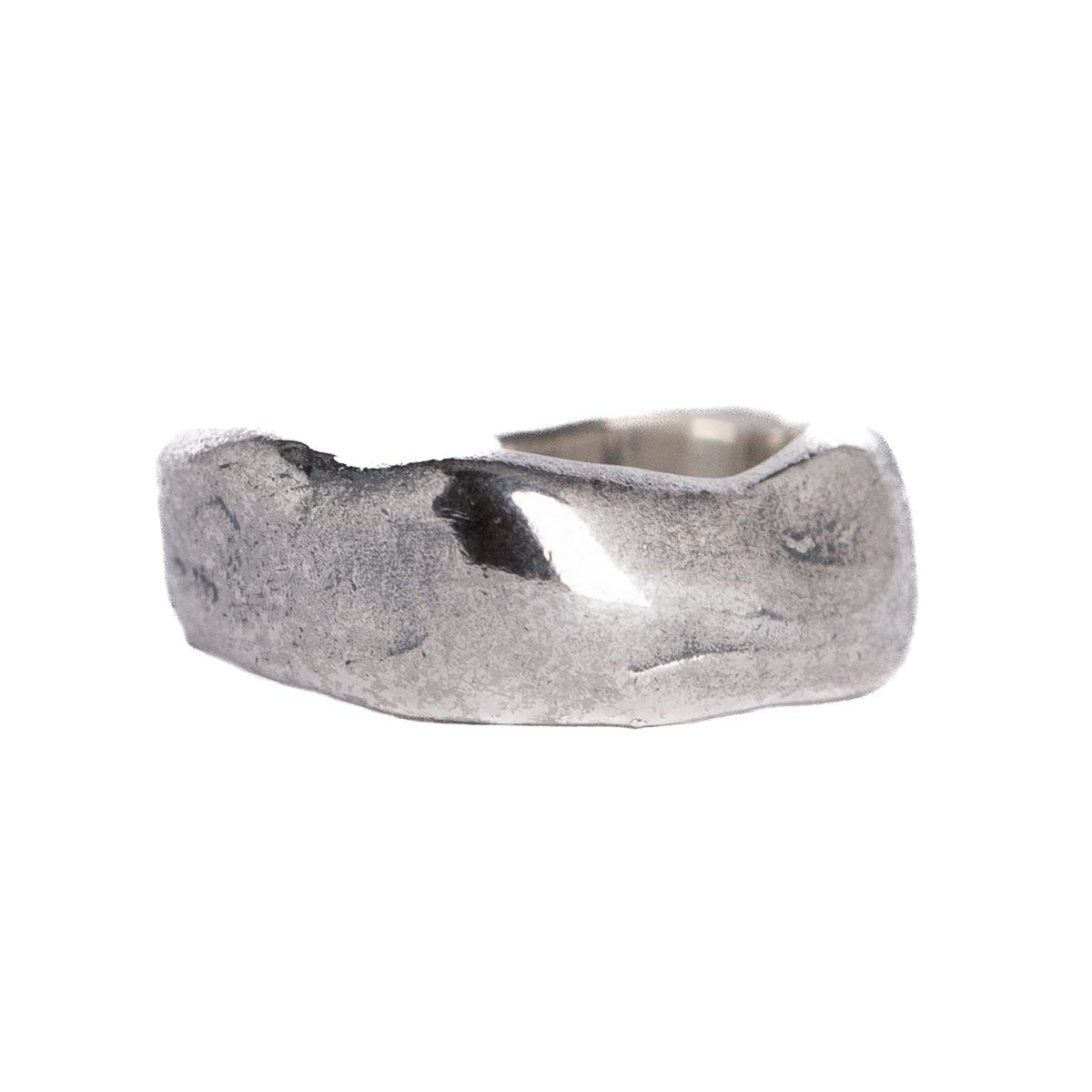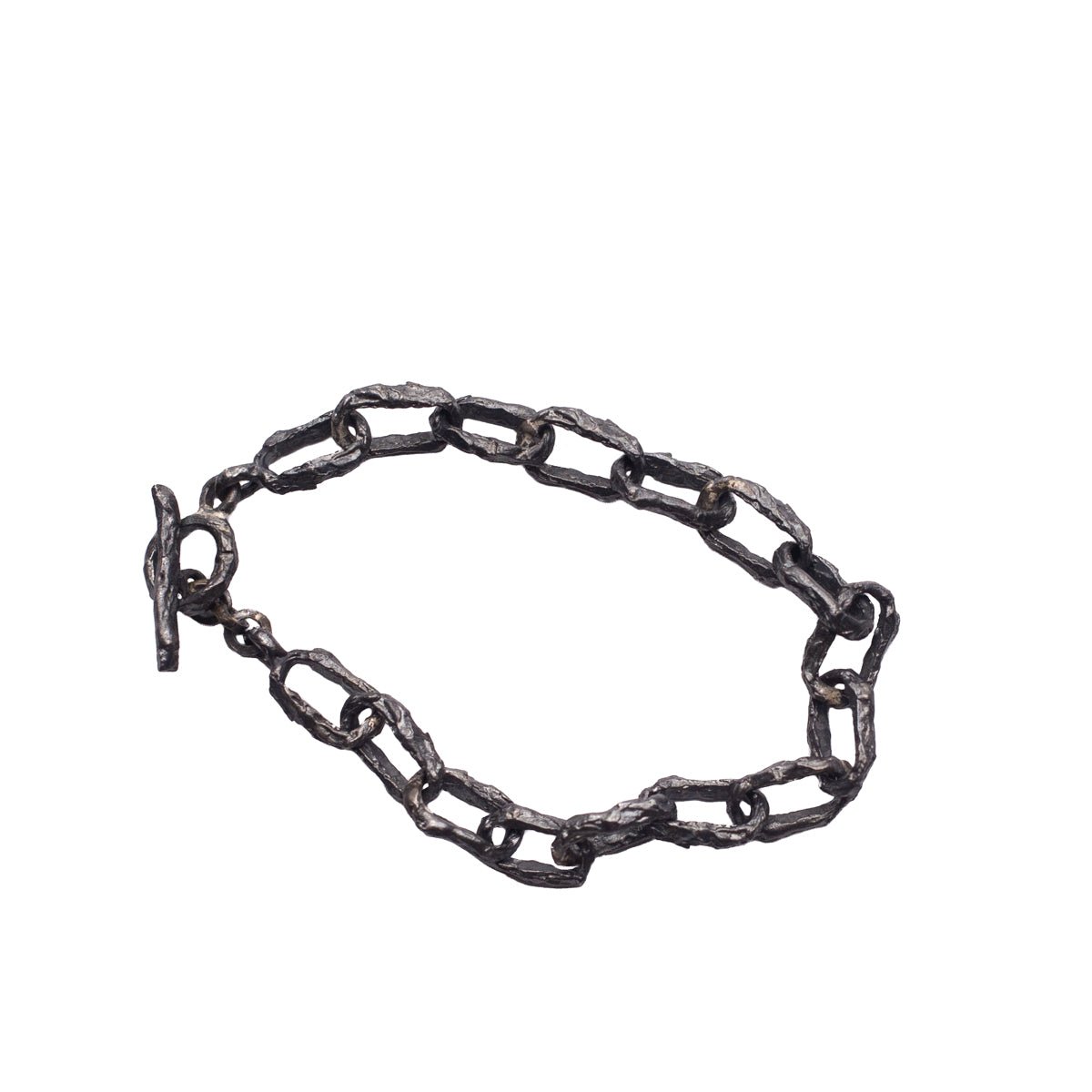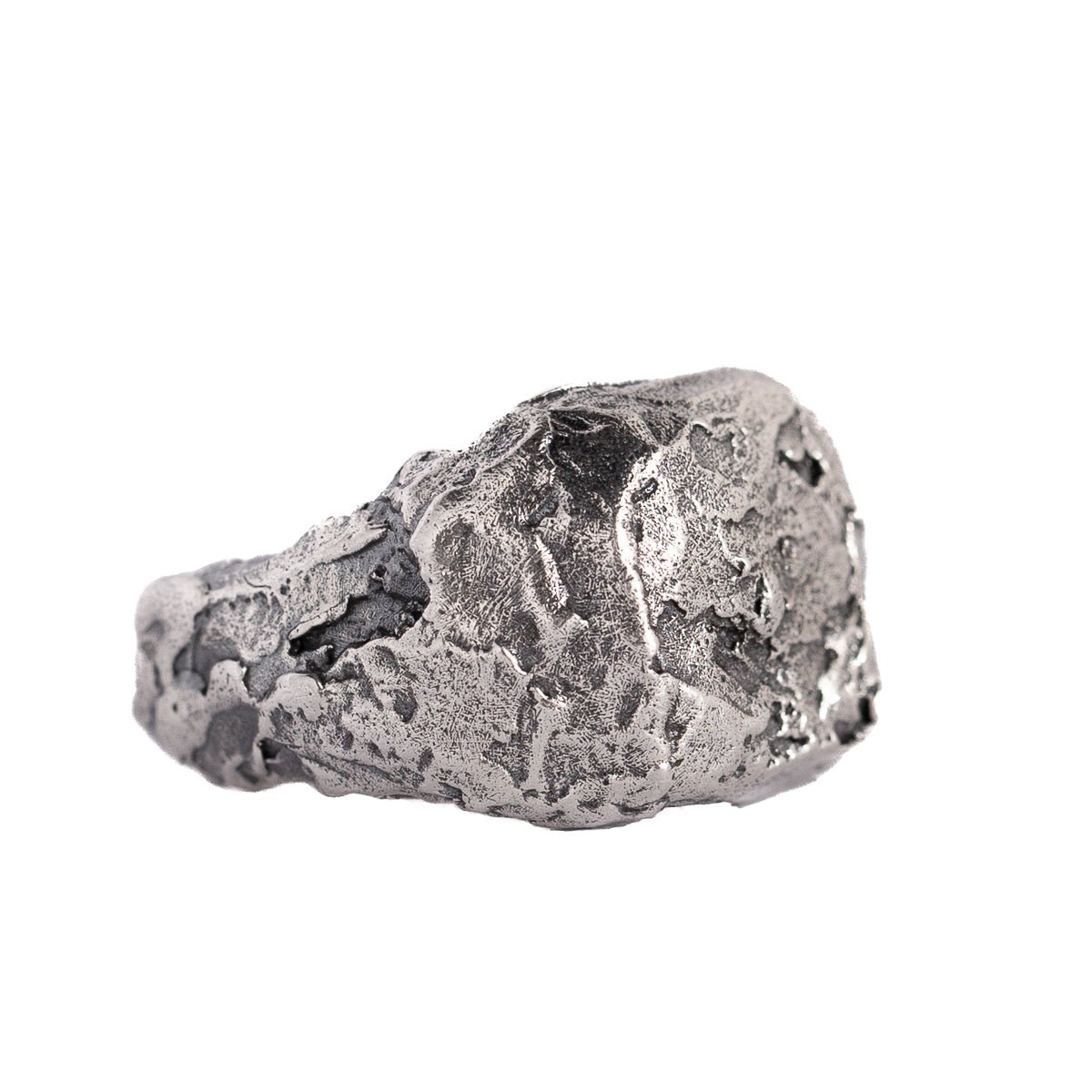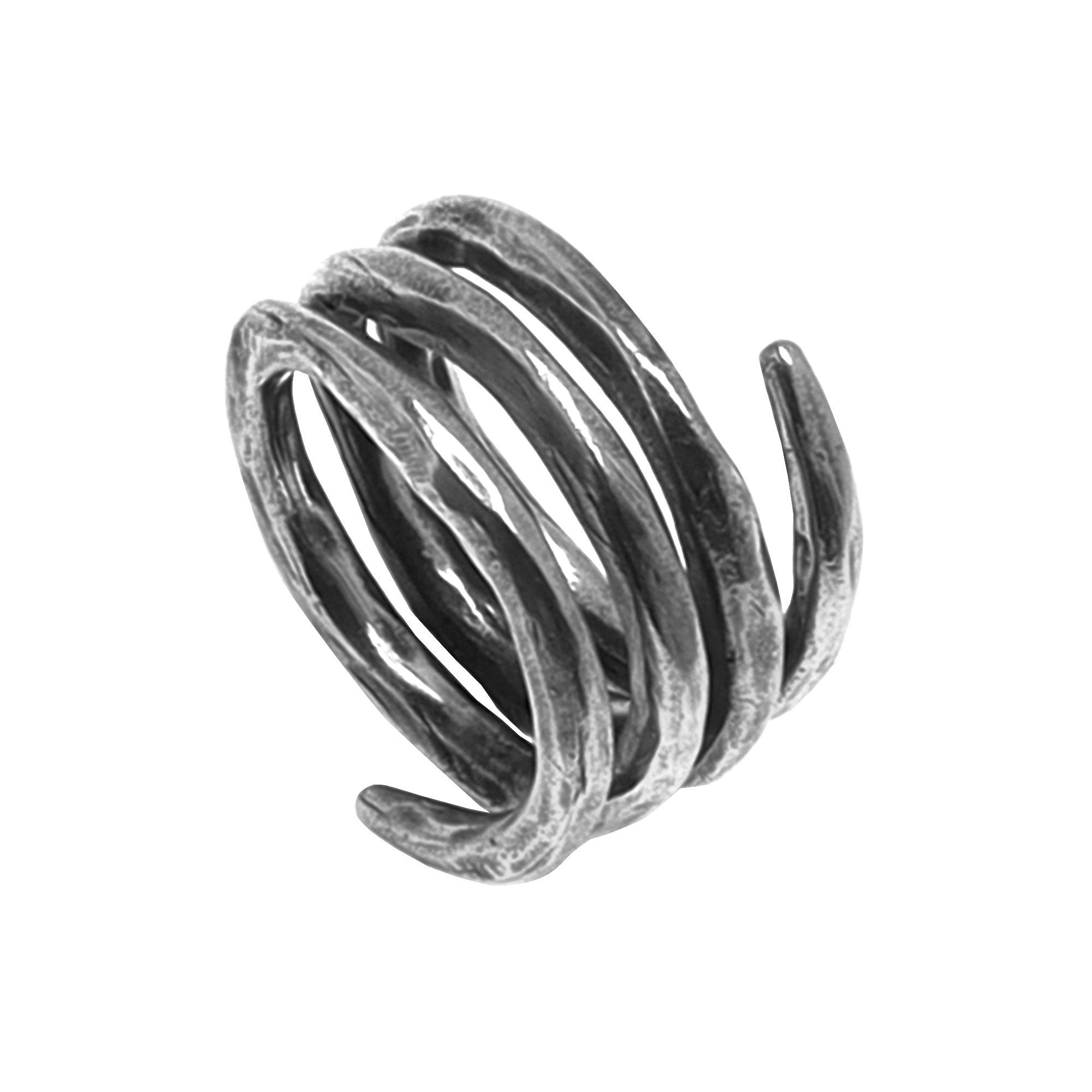by Jesús Zabala - 5 min read
3 Ways on How to Polish Jewelry
Knowing how to polish jewelry can ensure your accessories remain timeless and cherished for years.Polishing jewelry is an art that requires precision, skill, and a keen eye for detail. With this meticulous process, our team in JewelryLab takes pride in restoring the natural shine and brilliance of your precious jewelry while preserving its durability and longevity.
In this article, we’ll elaborate on each step that goes into the jewelry polishing process responsible for maintaining the visual allure and enduring value of your precious pieces. Learn the importance of each step in the polishing process and discover the necessary equipment and techniques.

How to Polish Jewelry
To polish jewelry is an essential step that helps maintain and enhance its aesthetic appeal and allure, restoring its natural shine and preserving its value. Over time, many metals are prone to tarnish and corrosion due to exposure to environmental factors such as air and moisture. This is a common issue in various metals that may alter the surface and compromise its appeal.
However, to prevent tarnish and corrosion, you may require regular polishing and maintenance of each piece. Finding the right method and approach ensures that each piece of your jewelry collection remains as refined as the day it was purchased.
In the following step-by-step guide on how to polish jewelry, we will explore the importance of each step in the process and how it helps preserve the longevity and aesthetic of your possessions.
Assess the jewelry
Before beginning the polishing process, a crucial step you need to consider is assessing the type of jewelry and knowing the materials. Since jewelry can be crafted from anything, each material has its distinct characteristics and polishing requirements.
Some of the most common metals include silver, gold, brass, platinum, and various alloys. While silver is known for its luxurious appearance, it’s very prone to tarnishing. On the other hand, gold is prized for its flexibility and malleability, but it is quite fragile. So, it is often found to be alloyed with other metals to enhance durability.
Ultimately, different metals offer unique properties that influence the polishing process. Silver polish for jewelry may require specialized polish to remove the effects and restore shine. Gold jewelry polish responds best to soft cloths, delicate solutions, and abrasives.
So, knowing the characteristics of each metal will allow you to ensure the process is tailored to preserve the aesthetic and integrity of your jewelry while avoiding unwanted alterations.

Gather necessary supplies
Once you’re done assessing the type of jewelry you’re working with, you will need to gather the necessary supplies for the polishing process. Ensure you have all the equipment and materials needed to achieve professional results. Having a comprehensive set of tools will ensure you achieve refined and professional results to enhance the aesthetic and longevity of your jewelry.
While the type of required tools you need for polishing can vary depending on the metals and materials in your jewelry, the following are the most common and basic equipment on how to polish jewelry. So, this may include but is not limited to:
- Soft cloth
- Lint-free, jewelry-polishing cloths
- Jewelry polish solutions and compound
- Mild soap
Gathering the proper equipment will not only ensure a controlled and efficient process but can also be beneficial for several reasons. It ensures precision and efficiency while contributing to your precious possessions' longevity.
Well-equipped workshops will also allow you to explore and experiment with different techniques and finishes. This will ultimately promote and enhance the overall craftsmanship of the precious pieces.
Polishing techniques
Since various metals possess distinct and specific properties, they demand different polishing approaches to achieve optimal results. From the brilliance of brass to the beauty of stainless steel, a myriad of polishing methods cater to the unique characteristics of each metal.
Understanding these approaches allows craftsmen to deliver the desired outcomes through expertly executed polishing techniques. Some of the most common ones include:
Hand polishing technique
This technique is common in the industry for personalized and controlled results. It requires diverse polishing compounds and direct contact between the metal surface and the polisher. The manual approach of the hand polishing technique provides a customized finish and polish for delicate materials like silver, gold, and various alloys.
Machine polishing technique
The machine polishing technique is an automatic approach that uses dual-action or rotary polishers to deliver desired results. Generally, hard metals such as titanium, nickel, bronze, stainless steel, and copper are compatible with this approach as they possess more durable properties than other metals.
Chemical polishing technique
Chemical polishing is commonly used to enhance the aesthetic appeal of delicate pieces and various metals. This approach involves using specialized chemical compounds that eliminate the thin layers of the metal’s surface, restoring the shine and beauty of the piece.
Rinse and dry
Once the polishing process is done, the final step is rinsing and drying the jewelry. The importance of this process goes beyond preserving and maintaining the beauty and brilliance of each piece. It reduces the risk of skin irritation and corrosion, ensuring safe and comfortable wear.
During the polishing process, cleaning compounds are often left behind on the jewelry surface. If left unattended, these residues may cause potential skin irritations or allergies. That’s why rinsing is crucial, as it ensures the jewelry is free from any remaining compounds, allowing it to restore its initial aesthetic.
Furthermore, drying is equally important as it prevents corrosion and moisture, which can lead to tarnish. Drying with a soft cloth ensures that every detail of the piece is moisture-free, preserving the jewelry’s appeal and preventing long-term damage.

Conclusion
Knowing how to polish jewelry is a vital aspect of ensuring the longevity and aesthetic appeal of your precious jewelry collection. With time, each piece is prone to tarnish and corrosion, which can alter the aesthetic allure of jewelry. However, with the right skills, techniques, and equipment, the beauty and brilliance of these precious items can be preserved for years to come.
Each step plays a crucial role in the process, from accessing the jewelry to the various polishing techniques. Following them will undoubtedly help preserve and maintain the natural charm and authenticity of your precious jewelry collections.

